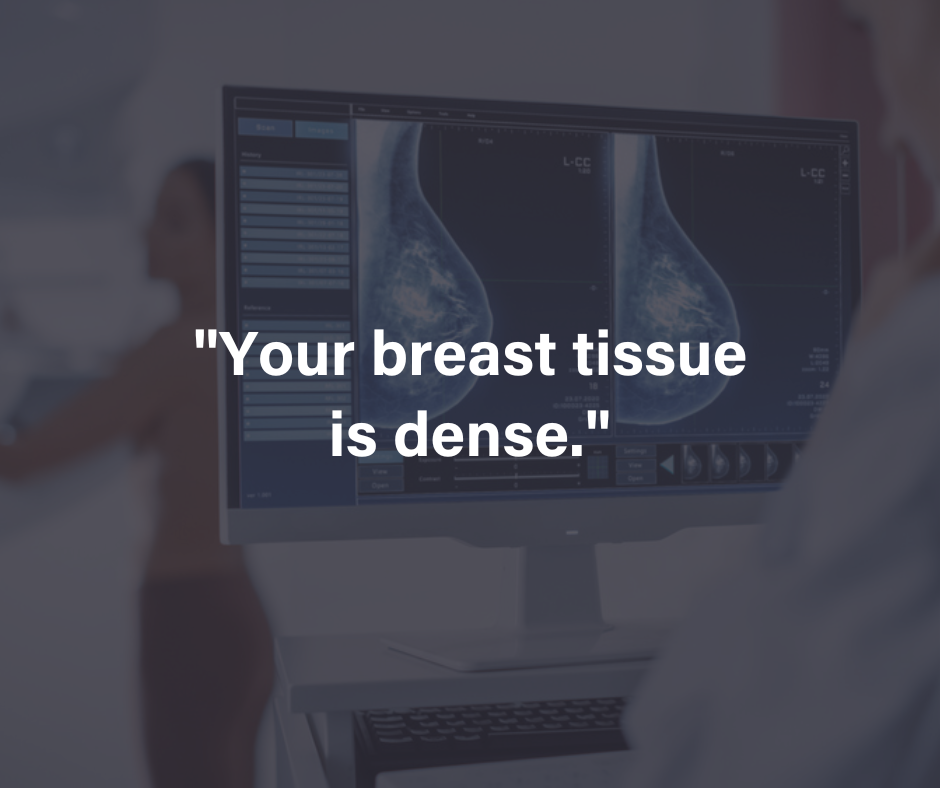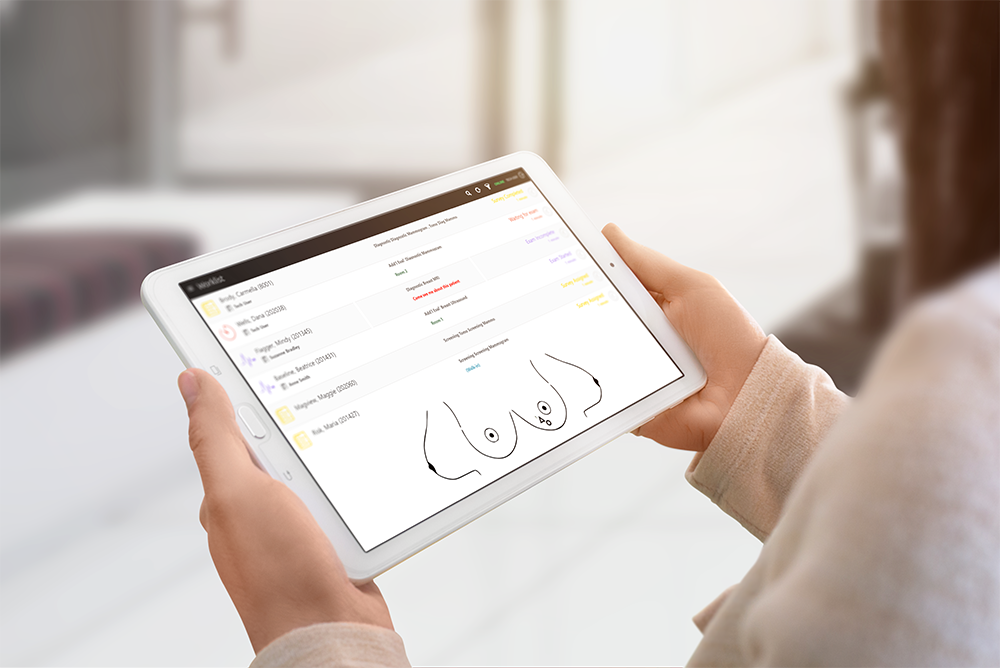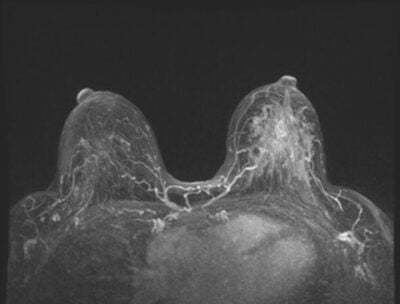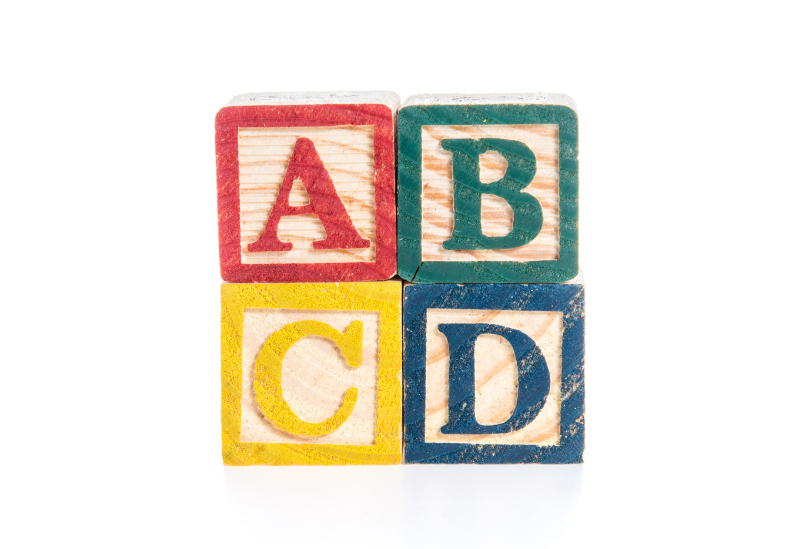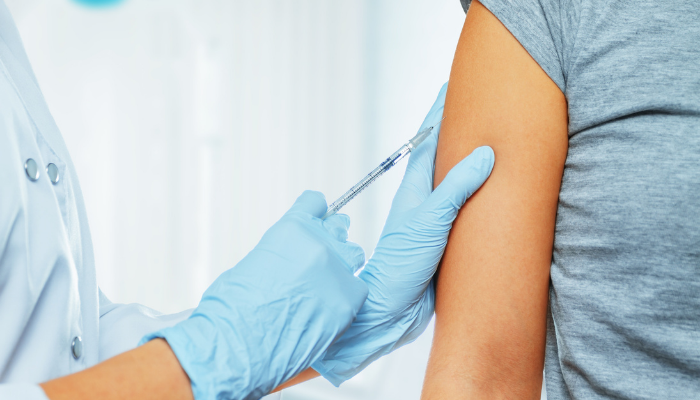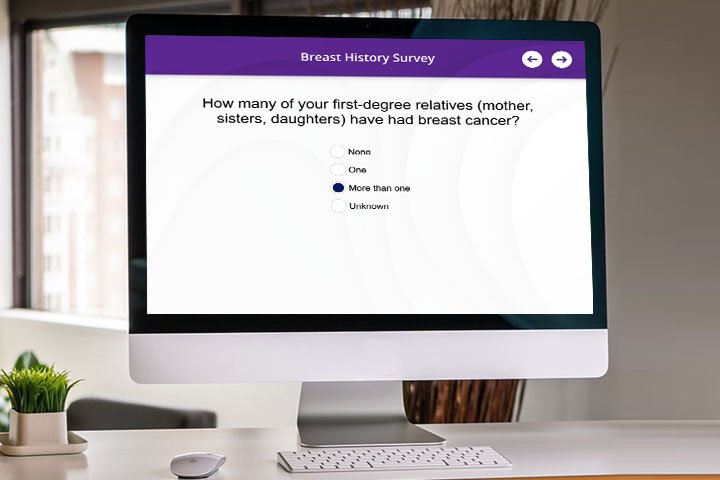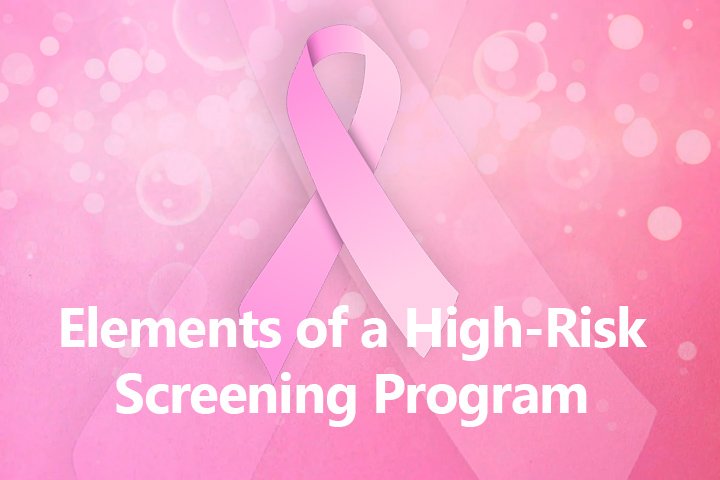After you get a mammogram, the images are reviewed by a radiologist. Once your medical team has examined and interpreted the breast images, you will receive a results letter, either in the mail or through a digital results portal. Understanding your mammogram letter results allows you to take control of your health and make decisions for your next steps and follow-up care.
How to Interpret Your Mammogram Letter: Key Sections and Terms
A mammogram results letter is also called a lay letter because it must be written in non-medical, easy-to-understand language. Yet, it may still contain terms that you are unfamiliar with. It can be helpful to examine a lay letter example or two to understand the difference between different types of lay letters that are sent out to patients. The lay letter gives a summary of the results and suggestions for your ongoing breast cancer screenings, which will include:
- Whether you have dense breast tissue, measured on a scale of A through D, with A being the least dense and D being the most dense
- Your BI-RADS score from 0-6 (explained further below)
- Where your results are being stored and where they were sent, if applicable
- Suggestions for further screening or follow-up with you physician
Your lay letter may also include a summary of the overall assessment of your risk category, though this is not expressly required by the MQSA.
Normal vs. Abnormal Results: What They Mean for Your Health
Radiologists use the American College of Radiology (ACR) the Breast Imaging Reporting And Data System (BI-RADS) to uniformly classify mammography results and report them to patients. Your lay letter will also include the information discussed above, The following summary of the different BI-RADS categories will help you understand your results.
Category 0: incomplete or inconclusive results that require additional breast imaging or additional evaluation of the original images
Category 1: Normal (negative) results that revealed no cancer or breast density concerns
Category 2: Normal (negative) results that included a benign cyst or mass, so your doctor may want to continue to monitor for possible changes
Category 3: Normal results with a small (approximately 2%) chance of cancer, requiring a follow-up mammogram in about 6 months
Category 4: Abnormal results with a 20% to 35% chance of cancer, requiring a biopsy for the doctor to take a small sample of breast tissue for further examination
Category 5: Abnormal results with at least a 95% chance of breast cancer, requiring a biopsy to confirm the results and begin treatment.
Category 6: Confirmed presence of breast cancer or its response to treatment
Next Steps After Receiving Mammogram Results: Guidance and Advice
Read your letter carefully. If your letter mentions that you have dense breasts, you can learn more about what that means at DenseBreastinfo.org. If your letter mentions that you should have any sort of follow-up, reach out to your doctor to discuss the plan. If your results are normal and the recommendation is to return in 1 year, make sure you set yourself a reminder to schedule that mammogram or call your imaging facility today to schedule it ahead of time.
Frequently Asked Questions About Mammogram Results
Q: Do mammograms detect cancer?
A: No, a mammogram determines suspicion of cancer. A biopsy is necessary to confirm the presence of cancer.
Q: How long will it take to get my mammogram results?
A: It depends on your breast imaging center and the type of mammogram you got, but you will receive your results quickly, anywhere from the same day of your appointment to a couple of weeks.
Q: Will I get a mammogram results letter if I had a normal mammogram?
A: Yes, mammogram results letters are mandatory for all breast imaging centers in the US.
Q: Where can I find an example lay letter?
A: You can view examples of different types of lay letters on the American College Of Radiology’s website.
Q: What information is included in a lay letter?
A: A mammography results lay letter includes your BI-RADS score, breast density category, and follow-up suggestions and instructions.
Q: Does my doctor have to send a lay letter in the mail?
A: No, a mammogram results lay letter can be sent via mail or accessed through a patient portal. Ask the facility where you get your mammogram what method they use to send lay letters to patients.
Contacting Your Doctor: When and Why to Reach Out
You should always feel comfortable reaching out to your doctor if you have concerns about your breast cancer screening results or your personal risk for breast cancer. Contact your doctor if your mammogram letter results recommend a follow-up, or if you notice any lumps or changes to your breasts.
MagView firmly believes that knowledge is power when it comes to your breast health. Visit our blog or reach out to us for more information about breast cancer and other women’s health issues and technology.
Reference:



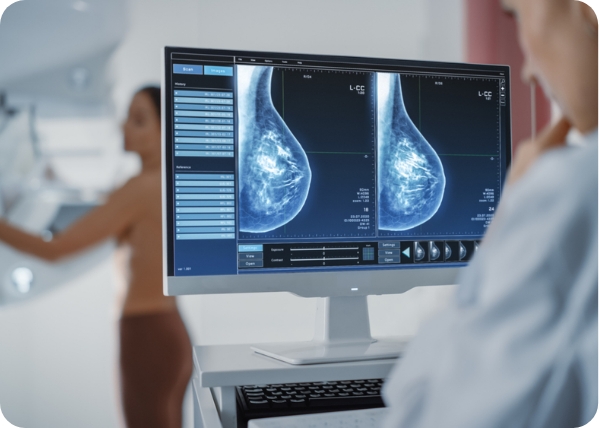

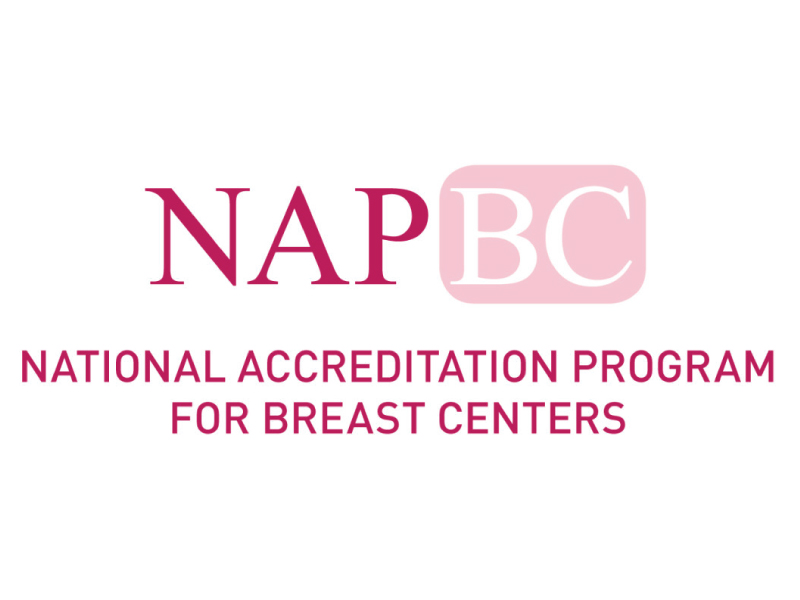
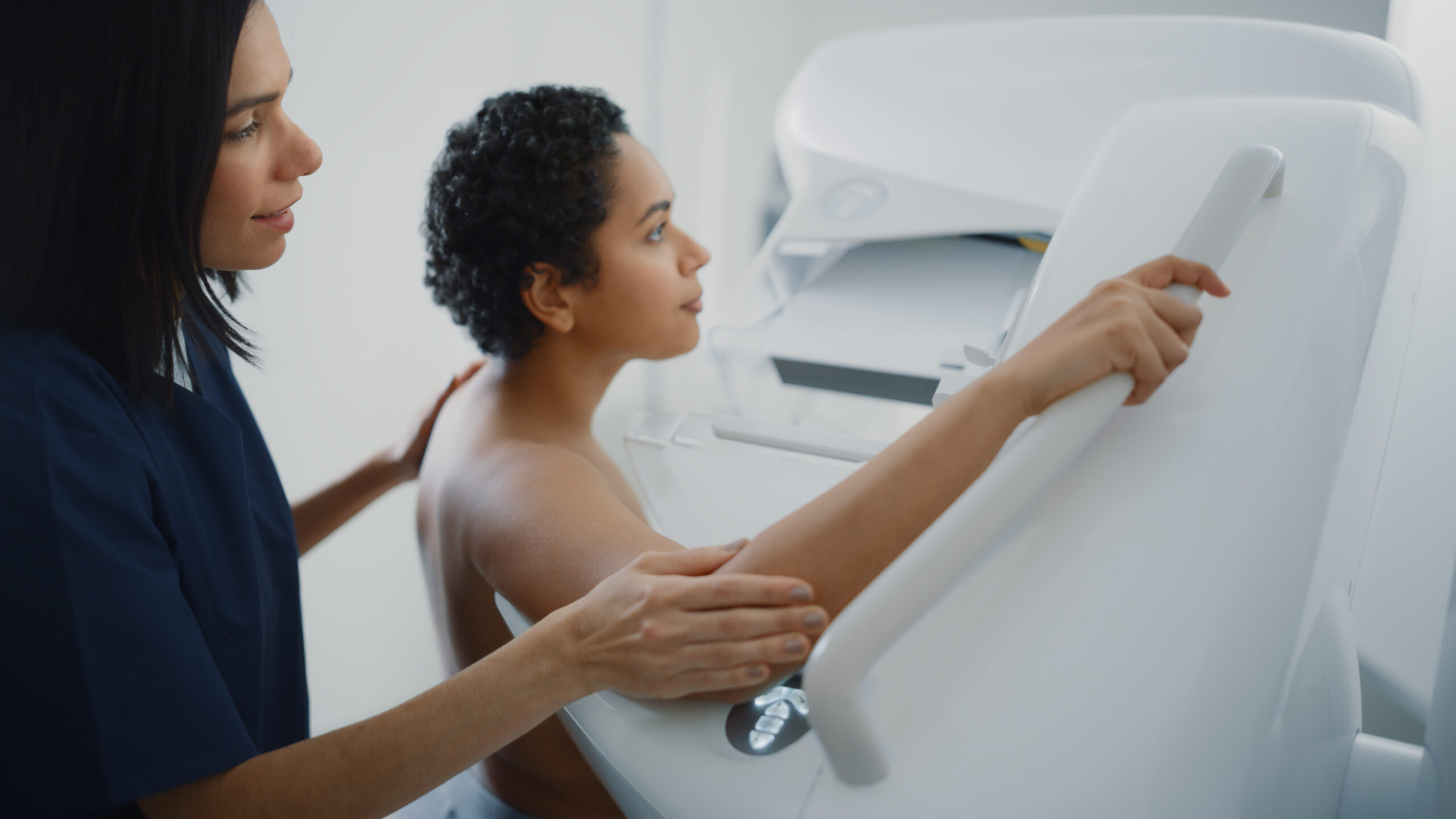
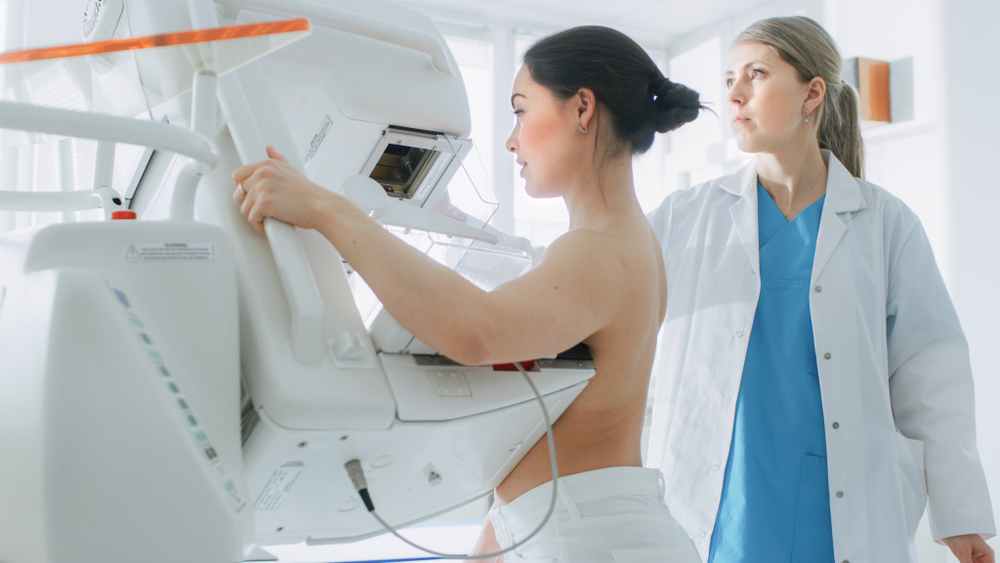
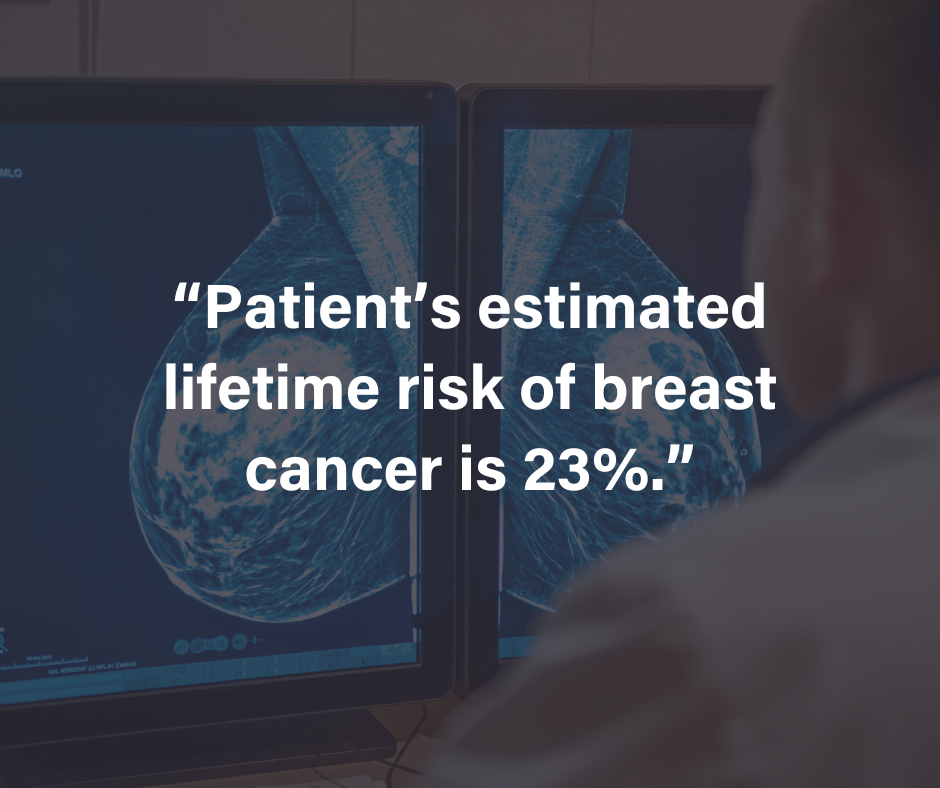
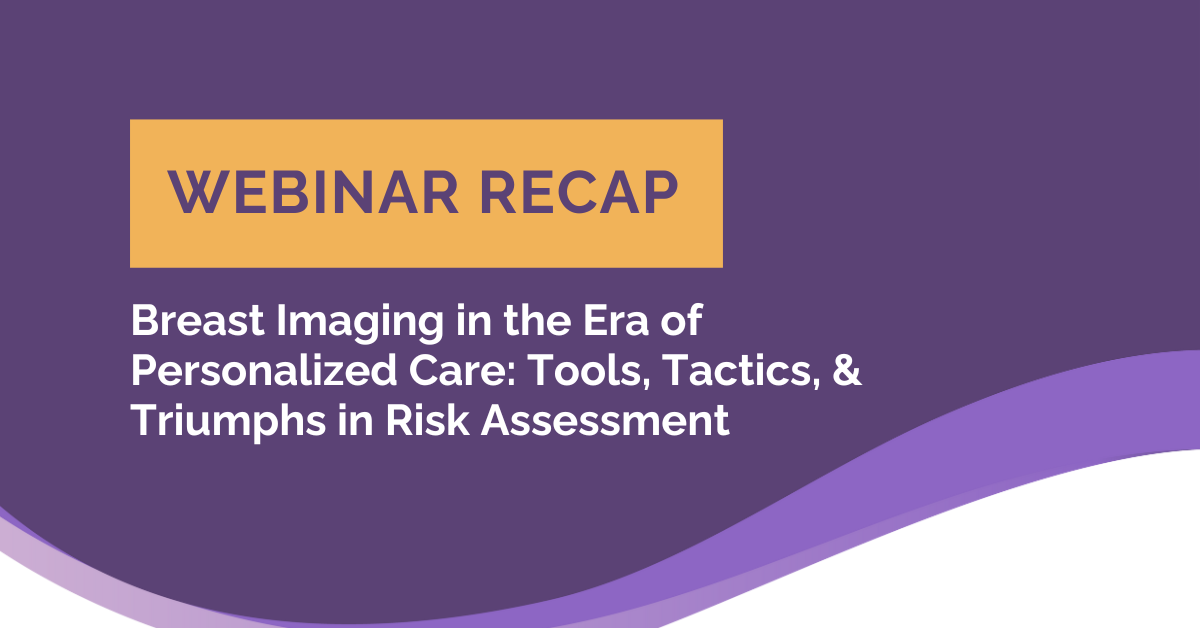
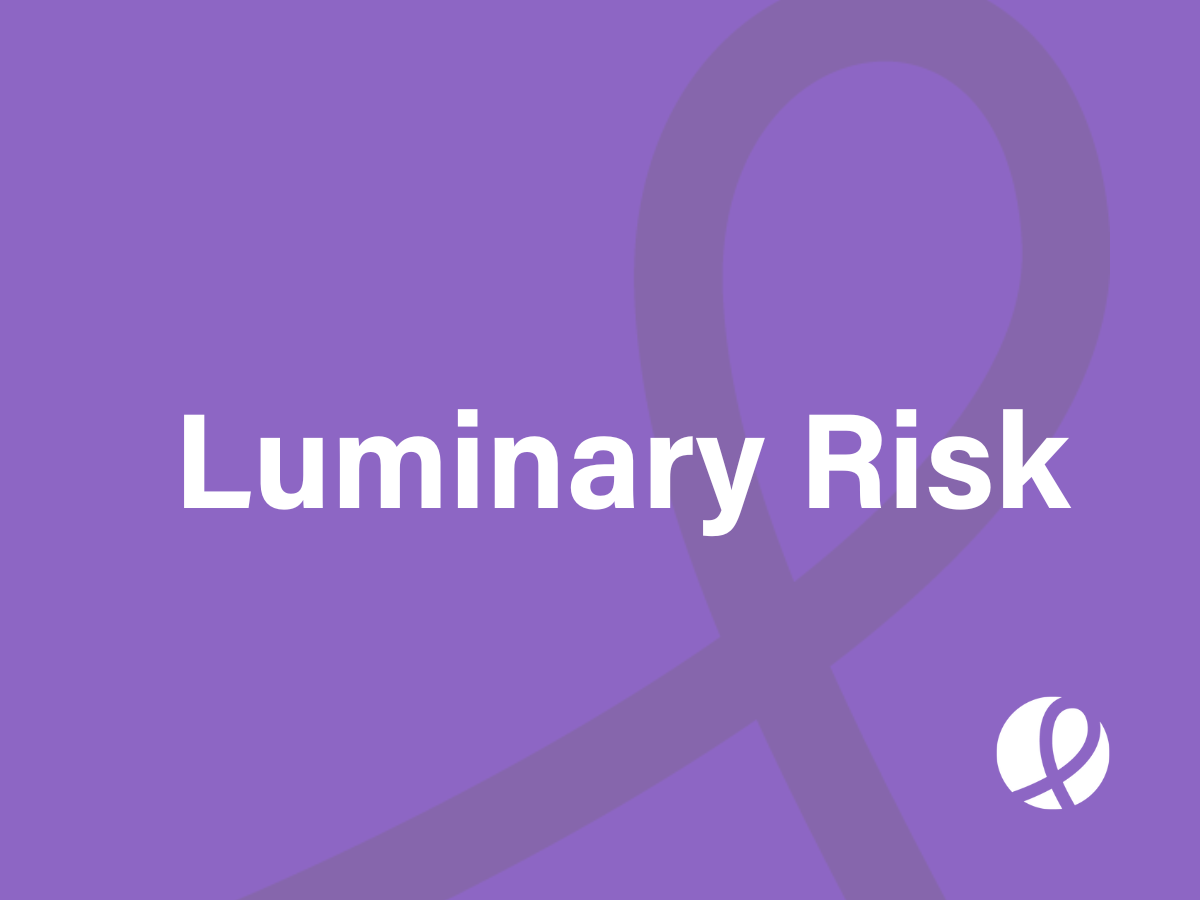





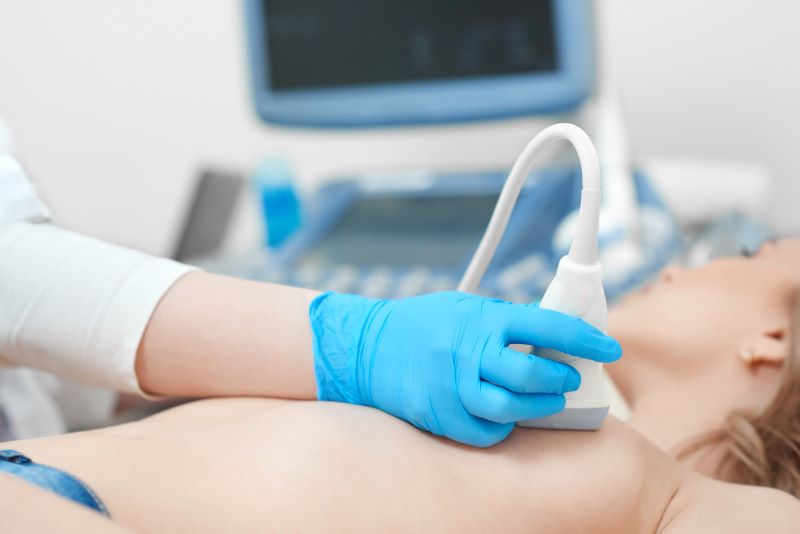
![monitoring breast density shutterstock_1299510538-[Converted]](https://magview.com/wp-content/uploads/2023/05/shutterstock_1299510538-Converted.jpg)

